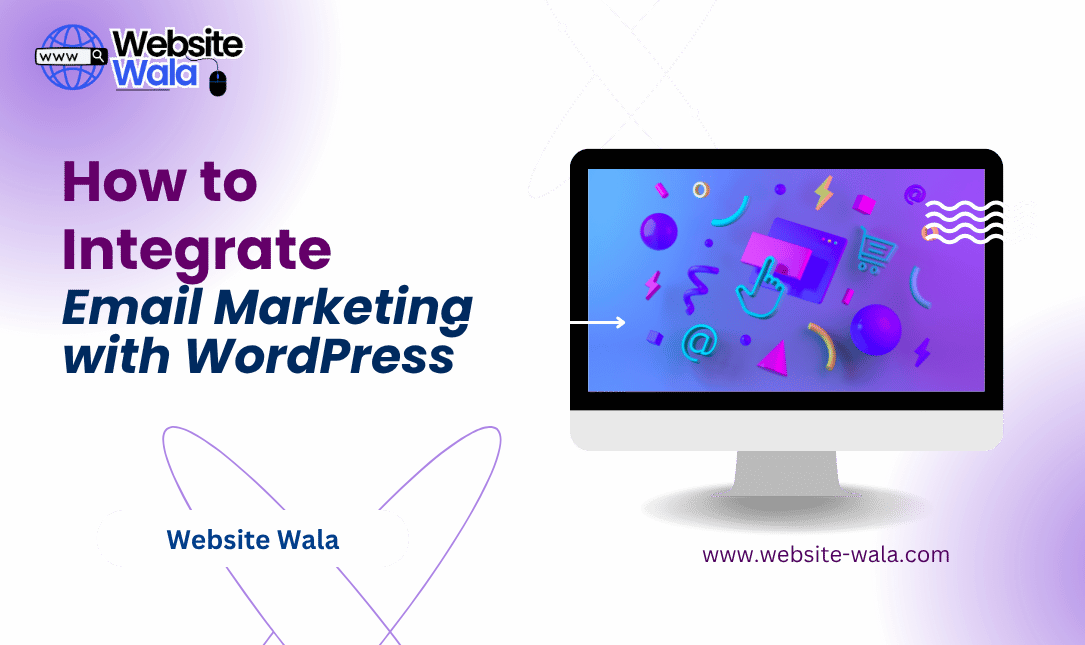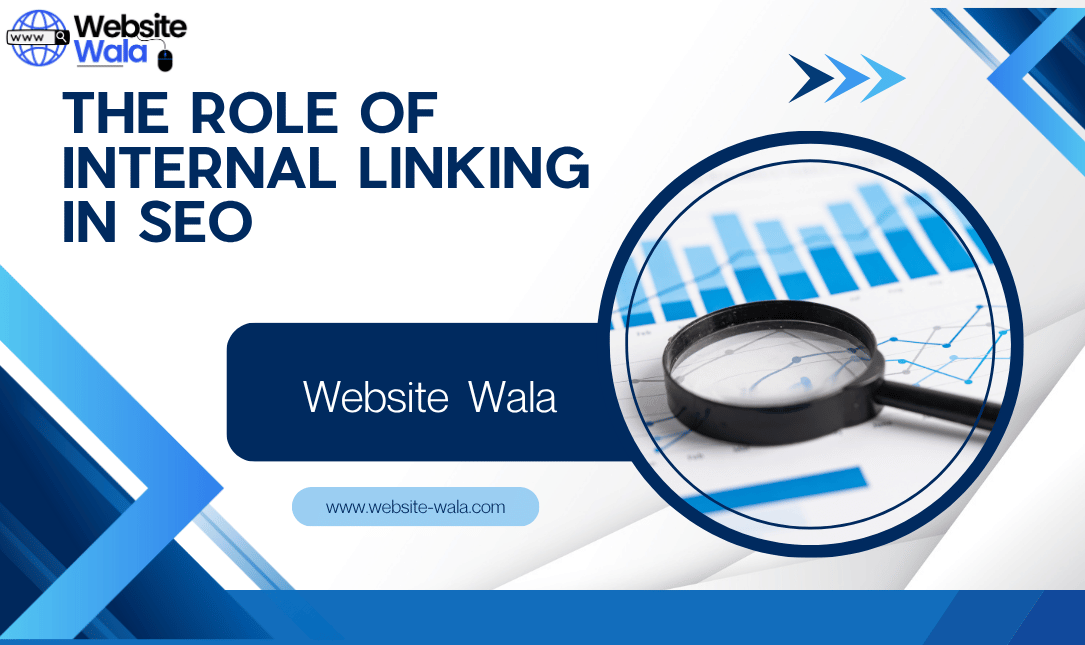
Discover The Role of Alt Text in Image SEO and learn how optimizing image descriptions improves accessibility, website optimization, and search rankings.
The Role of Alt Text in Image SEO: Why It Matters for Modern Websites
In the world of digital marketing, visual content is king. High-quality images capture attention, boost engagement, and make your website more appealing. However, even the most stunning visuals can go unnoticed by search engines if they’re not properly optimized. This is where The Role of Alt Text in Image SEO becomes crucial. Alt text, short for “alternative text,” serves as both an accessibility feature and a key component of website optimization. Understanding and leveraging The Role of Alt Text in Image SEO can significantly improve your site’s visibility, user experience, and overall search performance.
Understanding The Role of Alt Text in Image SEO
At its core, alt text is a short written description that explains what an image depicts. This text appears in place of an image when it fails to load and is also read aloud by screen readers for visually impaired users. But beyond accessibility, The Role of Alt Text in Image SEO extends to helping search engines understand the content and context of your images. Since search engines cannot “see” images, they rely on alt text to interpret what the visuals represent. Well-optimized alt text contributes to improved rankings in image search results and strengthens your website’s overall SEO.
When considering The Role of Alt Text in Image SEO, think of it as a bridge between your visual content and search algorithms. Properly written alt text ensures that every image on your website contributes to your digital marketing strategy and supports your website optimization goals.
Why Alt Text Is Essential for Image SEO
Understanding The Role of Alt Text in Image SEO begins with recognizing its dual purpose—enhancing accessibility and supporting search engines. Let’s break down the key reasons alt text is essential:
1. Enhances Accessibility for All Users
One of the most significant aspects of The Role of Alt Text in Image SEO is accessibility. Screen readers use alt text to describe images to users with visual impairments. By providing meaningful descriptions, you make your content inclusive, ensuring that every visitor can understand your visuals. Accessibility is not only ethical but also a legal requirement in many regions, and well-crafted alt text helps you meet these standards.
2. Improves Search Engine Understanding
Search engines rely heavily on textual clues to index content. Alt text helps them interpret the meaning of images and relate them to the surrounding text. When you understand The Role of Alt Text in Image SEO, you’re better equipped to provide clear, keyword-rich descriptions that align with your content’s theme. This helps your pages rank higher in both web and image searches, driving more organic traffic.
3. Strengthens Website Optimization
Every element on your site contributes to overall website optimization, and alt text plays a subtle yet powerful role. By optimizing alt text across your images, you’re improving crawlability and enhancing your website’s SEO structure. Search engines view websites with detailed, relevant alt text as more valuable, which can lead to improved rankings.
4. Boosts Image Search Visibility
A major advantage of understanding The Role of Alt Text in Image SEO is the ability to appear in Google Images and other image-based search results. With billions of daily searches involving visuals, image search optimization offers a powerful traffic source. Alt text increases the likelihood that your images appear in relevant searches, bringing new visitors to your site.
Best Practices for Writing Effective Alt Text
To fully leverage The Role of Alt Text in Image SEO, it’s essential to follow best practices that balance clarity, accessibility, and SEO performance. Below are key guidelines to keep in mind:
1. Be Descriptive but Concise
Your alt text should accurately describe the image in a natural and concise way. For example, instead of writing “image1.jpg,” use “A digital marketer optimizing website images for SEO.” This not only improves accessibility but also enhances your digital marketing strategy by making your content clearer to both users and search engines.
2. Incorporate Keywords Naturally
Since this article focuses on The Role of Alt Text in Image SEO, it’s important to integrate relevant keywords strategically. However, avoid keyword stuffing. Use your focus keyword or related terms only when they fit naturally within the context of the image description.
3. Avoid Redundant Phrases
Phrases like “image of” or “picture of” are unnecessary. Screen readers already know it’s an image, so it’s best to focus directly on describing the subject.
4. Align Alt Text with Page Context
Make sure your alt text complements the page content. For example, if your article discusses website optimization, your alt text could highlight how the image contributes to that topic.
5. Optimize File Names and Surrounding Text
The Role of Alt Text in Image SEO doesn’t end with alt text alone. Search engines also consider image file names, captions, and surrounding text when ranking content. Using descriptive, keyword-rich file names can enhance your image SEO even further.
Common Mistakes to Avoid in Image SEO
Even with the best intentions, many websites fail to leverage The Role of Alt Text in Image SEO due to simple mistakes. Avoid the following pitfalls:
-
Keyword Stuffing: Overloading alt text with keywords makes it unreadable and can harm SEO.
-
Leaving Alt Text Blank: Missing alt text means lost opportunities for website optimization and accessibility.
-
Using Irrelevant Descriptions: Alt text that doesn’t match the image content confuses both users and search engines.
-
Duplicating Alt Text Across Images: Each image should have unique alt text to ensure clarity and SEO value.
By steering clear of these errors, you strengthen your digital marketing strategy and maximize your SEO impact.
How Alt Text Fits into a Broader Digital Marketing Strategy
When viewed as part of a larger digital marketing strategy, The Role of Alt Text in Image SEO becomes even more impactful. Alt text helps maintain brand consistency across your visual content, supports content marketing efforts, and enhances user engagement. For businesses investing in website optimization, optimized images help reduce bounce rates, improve page load times, and increase the likelihood of higher conversions.
Incorporating The Role of Alt Text in Image SEO into your broader marketing plan also aligns with other SEO tactics like meta tag optimization, content creation, and link building. Together, these strategies reinforce your website’s authority, relevance, and performance in search rankings.
The Future of Alt Text and Image SEO
As search engines evolve, image recognition technologies like Google Lens and AI-based indexing are improving. However, The Role of Alt Text in Image SEO will remain vital. Even with AI advancements, human-written descriptions provide context and nuance that automated systems can’t fully replicate. By staying proactive and updating your alt text strategy, you’ll keep your site aligned with the latest website optimization standards and SEO trends.
Conclusion: Making Alt Text a Priority in Your SEO Strategy
In conclusion, The Role of Alt Text in Image SEO goes far beyond describing pictures—it’s an essential part of modern website optimization and digital marketing strategy. Effective alt text enhances accessibility, improves search engine understanding, and increases your chances of ranking in both standard and image search results.
By taking the time to write meaningful, keyword-optimized alt text for every image, you not only support better SEO outcomes but also create a more inclusive, engaging, and professional online presence. Remember, optimizing for The Role of Alt Text in Image SEO isn’t just a technical step—it’s a smart, strategic move toward sustainable digital growth.























